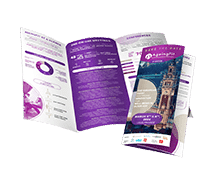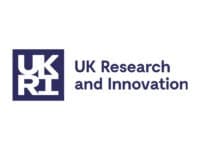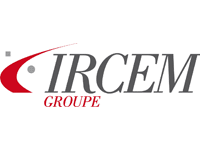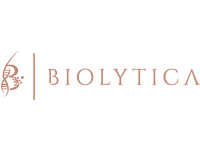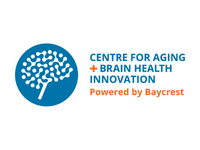A look back at the 2022 AgeingFit conferences, the European event for innovation for well-being in older age

From March 1st to 3rd, 2022, the 6th edition of AgeingFit, the European meeting place for innovation in the field of healthy ageing, was held in Lille and in digital format. The highly anticipated hybrid format of the event enabled more than 700 players in the Silver Economy to discuss the latest news in the sector, to nurture new ideas and to identify collaborations and funding opportunities all to build the innovations of tomorrow. Let’s have a look back at the highlights of the 2022 conference sessions.
To cover a wide range of issues around innovation for ageing well, the AgeingFit conference programme was structured around a plenary session and 5 thematic tracks:
- Scaling up health innovations in the silver economy
- Prevention and nutrition for active ageing
- Diagnosing and treating age-related conditions
- Innovations in residential care settings
- Technologies and services for ageing well at home
For each of these tracks, conference topics were developed with the help of AgeingFit’s international steering committee, composed of experts in the sector. These topics were then addressed during the event in the form of round tables, bringing together international speakers with varied profiles and perspectives: academics, industry, care providers, investors, etc.
In total last year, 60 speakers exchanged views over two days on 15 conferences in hybrid format, which were then made available online to AgeingFit participants.
During the ground-breaking and engaging panels of this 2022 edition, the speakers addressed the multidimensional challenges of ageing and the desire to grow old in good health: the reality of demographic changes, the adaptation of health systems on a European scale, the design and effective use of new technologies, as well as research and care for age-related pathologies.
Design, adoption and business model: Responding to a diversity of situations and desires of older people
One of the main themes of this edition’s conferences was the need to include older people more widely in the development of innovations.
The expectations of each older person can be very different, yet the solutions developed often remain locked into an old model, not very inclusive and not measuring the real need and diversity of their target. James Somauroo, digital health expert and moderator of the session “How to adapt existing digital technologies to older adult’s needs at home”, summarised the situation very well:
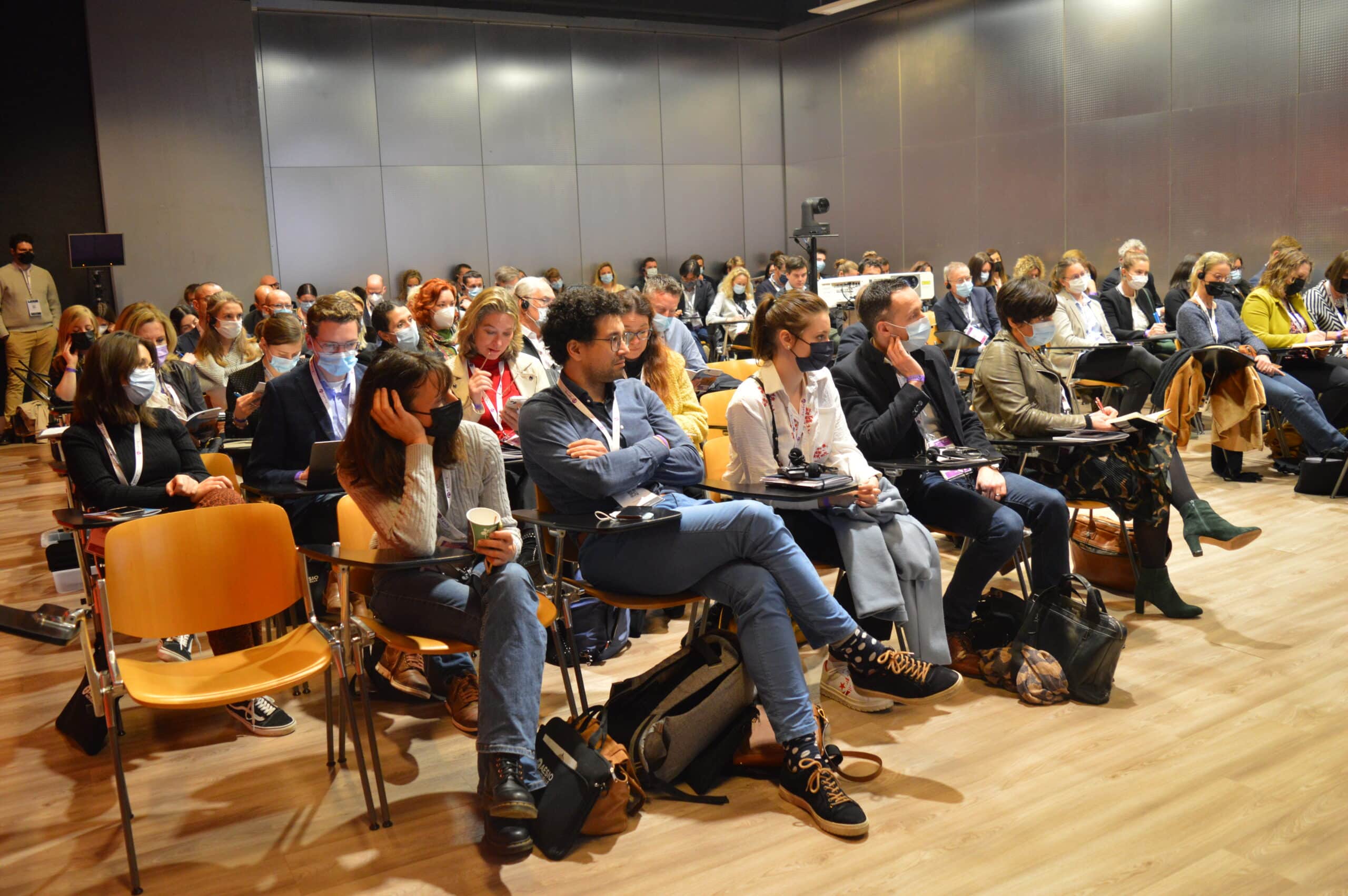
“Creating good products is good, but we all know that you can have the best product in the world without any guarantee of impact. The business model and incentives need to be adapted to create a supportive environment for the adoption of these innovations.”
Eric Kihlstrom, who helped set up the UK government’s “Healthy Ageing” Investment Fund and who is an ambassador for the Aging2.0 consortium, shared his optimism during the AgeingFit plenary session, saying that the proposals of the next generation of innovators will evolve as they learn from the experience of those who have gone before them. He also argued that “the market trend today is to increase customer and consumer involvement” and that “there is a need to shift the debate on ageing from a challenge-based, exclusively medical and siloed approach to a more collaborative, lifestyle and opportunity-based approach.”
The panel “What are the most recent initiatives to better involve seniors citizens in the development of health innovations?” was a more specific illustration, with speakers presenting a variety of approaches at the European level. The living-lab approach developed by the MedTech Lab of Saint-Etienne and presented by Vincent Augusto, its co-director, is a concrete example: their experimentation around the implementation of a connected bed in a care institution demonstrated the need to mobilise health professionals in the development of innovations and to consider the older patient as an expert and a stakeholder in the health system. The lack of time and volunteers, and the difficulty of reaching end-users remain the main obstacles to these initiatives, as does the need to better valorise co-creation and experimentation activities in the research context.
2022 novelty, interventions on pathologies and conditions related to ageing
It is important not to consider ageing as a disease, as speakers at AgeingFit conferences often say. However, it is generally accompanied by pathologies specific to older people. The AgeingFit steering committee has decided to dedicate an entire thematic track to age-related disorders, focusing on current research projects and latest advances in the understanding of the mechanisms underlying ageing.
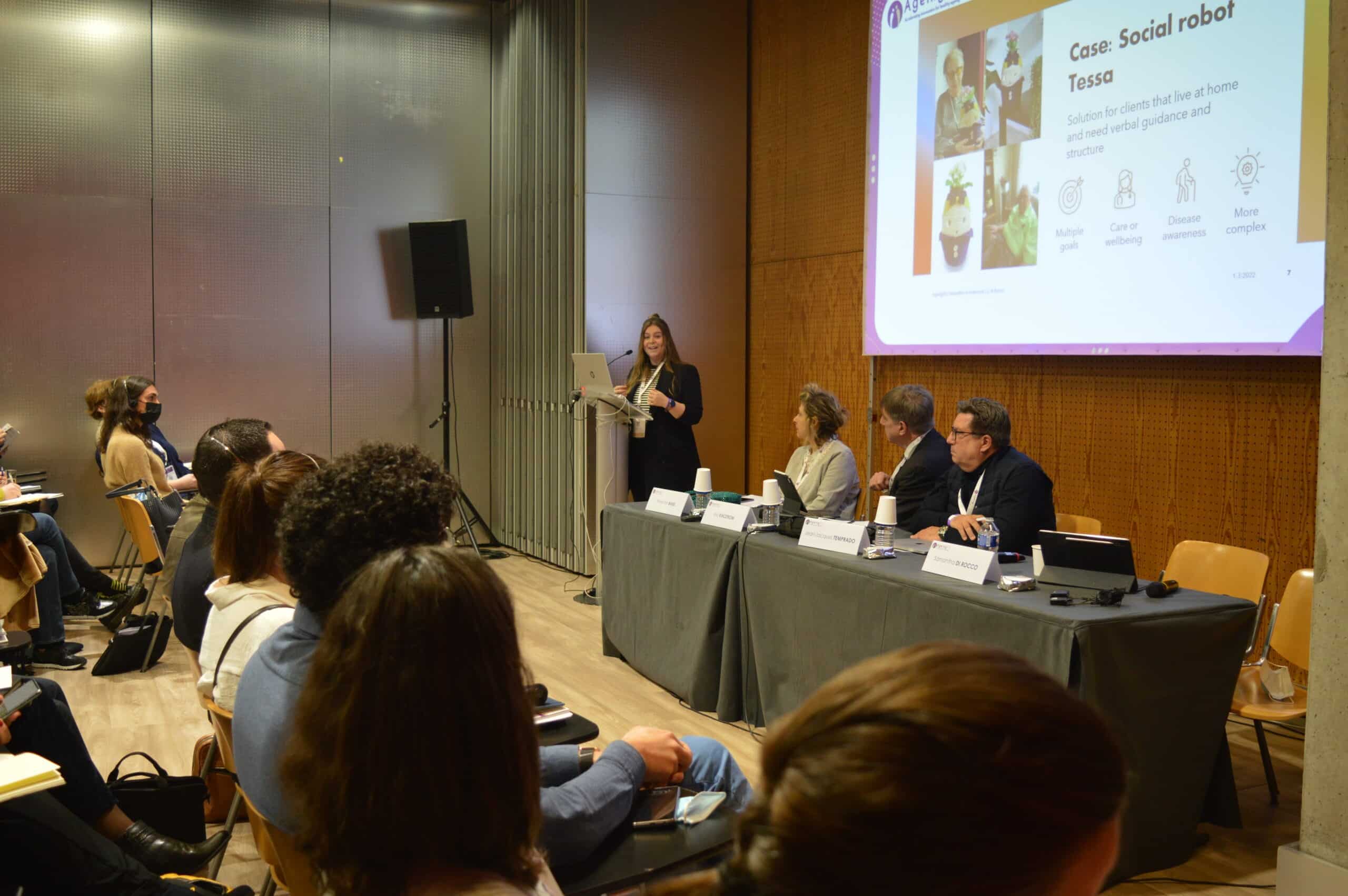
A first round table was held on “Frailty in older adults: Good practices in diagnosis, assessment, management, and medication”. Ivan Bautmans, Head of in Gerontology & Frailty in Ageing research departments at the Vrije Universiteit Brussel (Belgium), presented the notion of frailty as fundamentally opposed to the definition of ageing well. In the face of a lack of consensus – there are more than 100 definitions and scales for measuring frailty – the panel chose to focus on the reduction of physiological reserve with a multidimensional character (medical, cognitive, psychosocial…). Each speaker addressed the possible responses for a better prevention and care of frailty, which remains one of the main challenges today. As Veerle Knoop, Head of the Department of Geriatric Physiotherapy at the SOMT University of Physiotherapy (The Netherlands) reminded us: there is a fine line between physical fatigue and frailty, and it is necessary to be able to monitor these data for better prevention.
Prevention was also a key point discussed during the round table on “Alzheimer’s disease: Towards new diagnostic and therapeutic leads”. In one hour of discussion, the panel composed of a start-up (Five Lives, France), a specialised fund (Dementia Discovery Fund, UK) and a research and care actor (Materia Group, Cyprus) was able to review the future of Alzheimer’s disease diagnosis, new therapeutic strategies, the link between prevention and lifestyle improvement, as well as the sources of funding to accelerate research in this field. As Sylvain Piquet (Five Lives) and Alexander Sinclair-Wilson (Dementia Discovery Fund) have highlighted, once the symptoms of the disease are present, it is often too late for effective treatment. Indeed, once the first lesions appear, the brain can adapt for a potentially very long period of time, so that the symptoms appear very late and too late to be reversible. The key therefore remains in the prevention and diagnosis of the disease, for which recent developments are encouraging.


